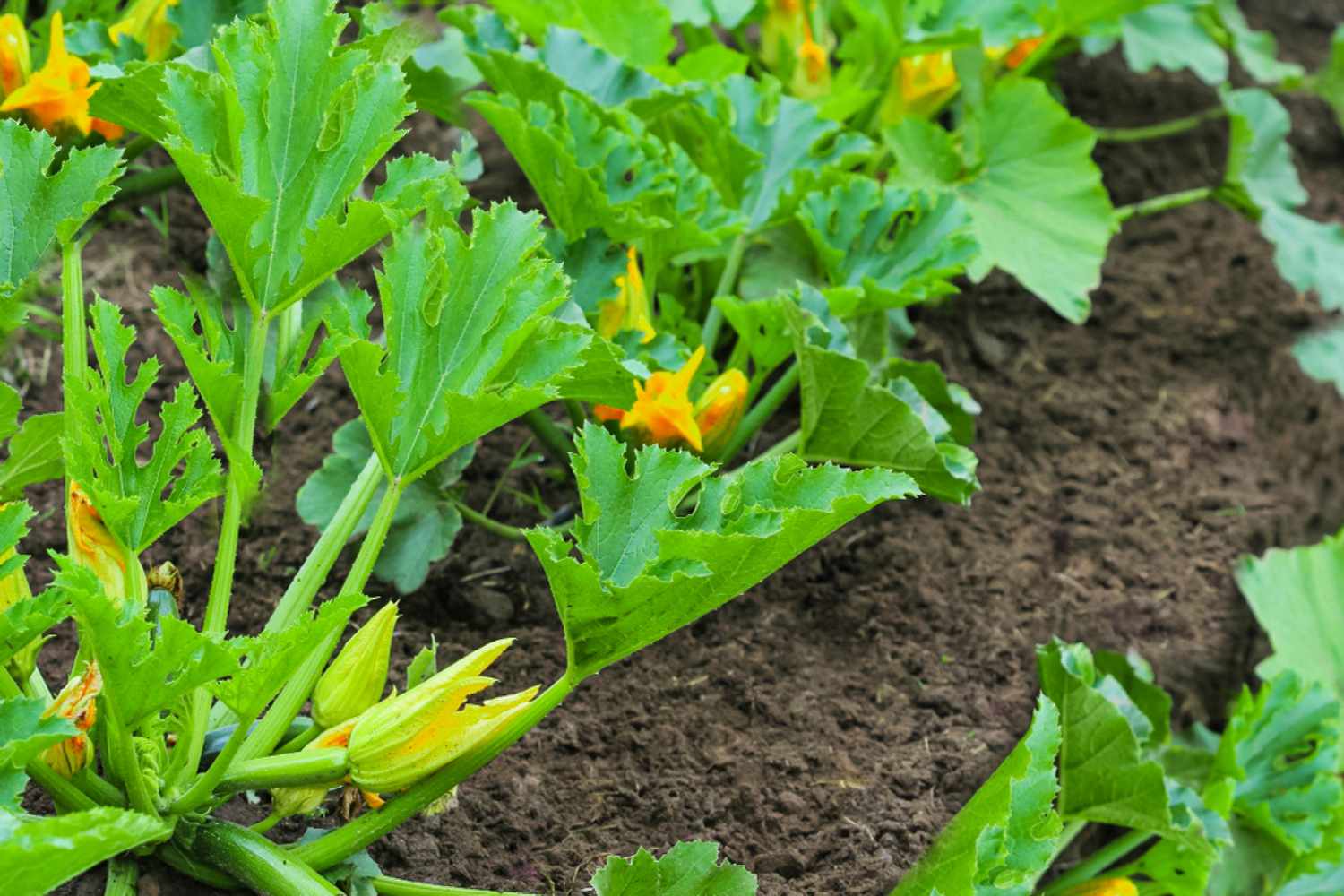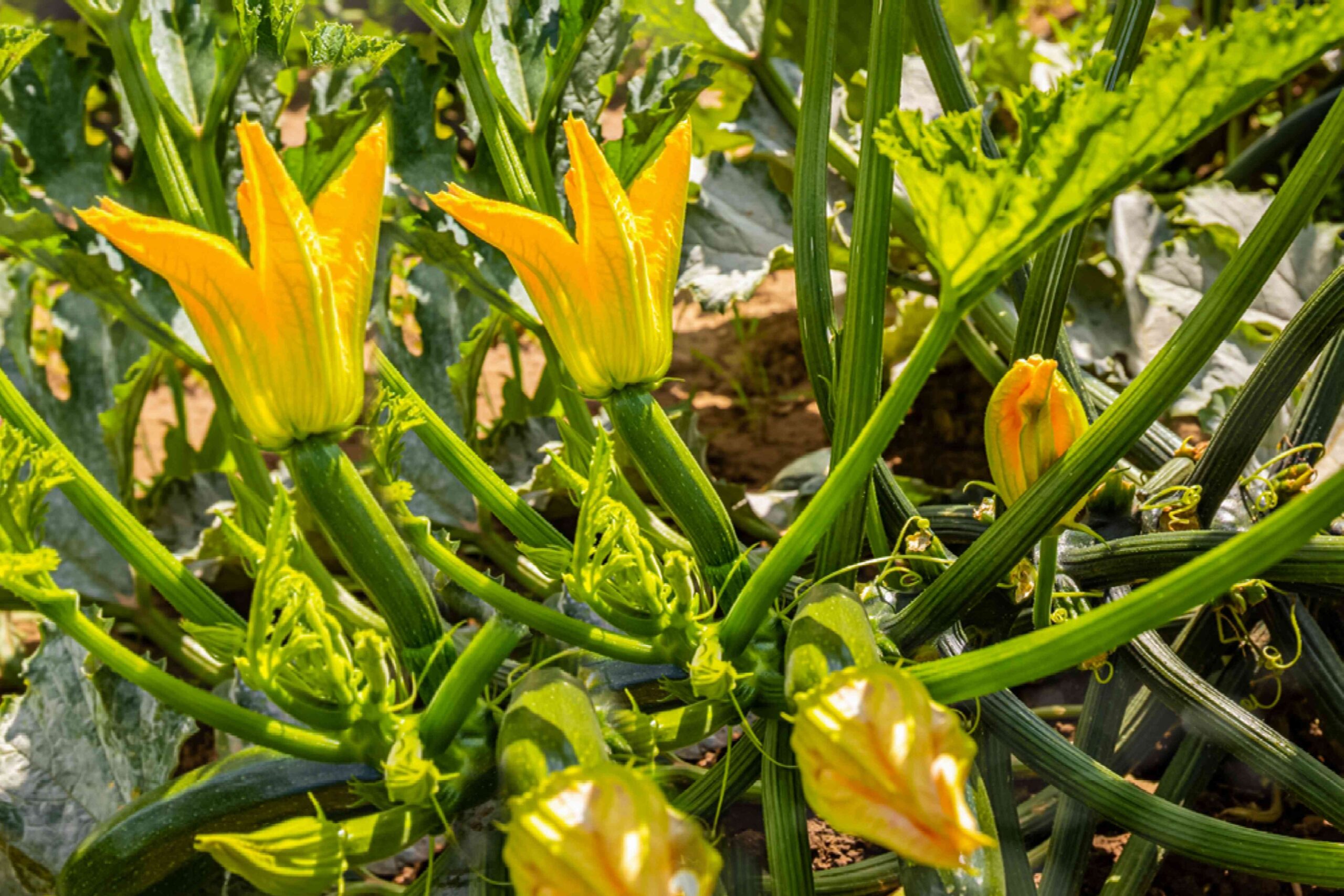If you’re eager to start growing zucchini in your garden, it’s important to know the best practices for planting this versatile vegetable. One common question that arises is how close to plant zucchini. This article will provide you with some helpful tips and guidelines for spacing your zucchini plants, ensuring optimal growth and a bountiful harvest. So let’s get started and discover the key factors to consider when it comes to planting zucchini!
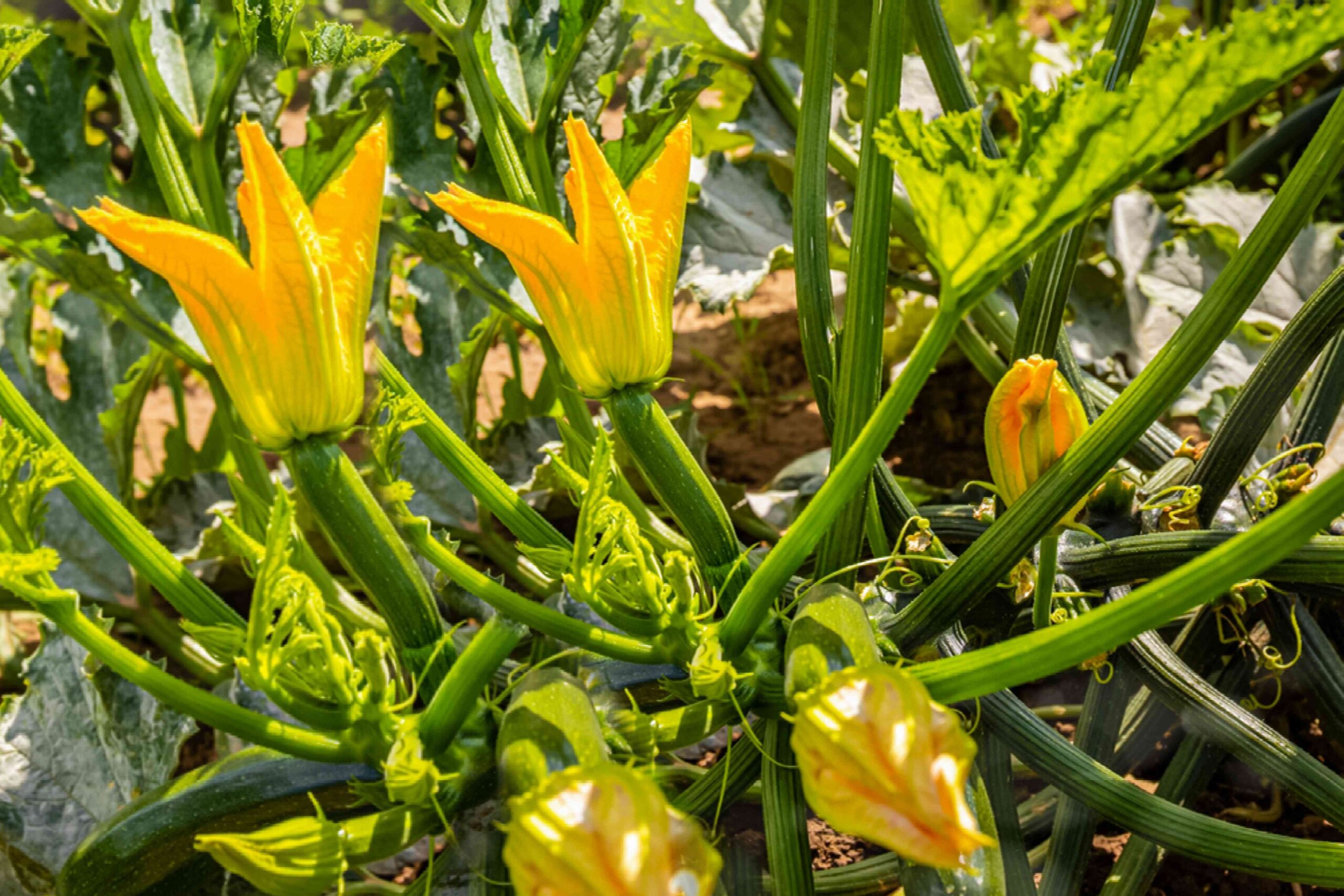
Choosing the Right Location
When it comes to choosing the right location for planting zucchini, there are a few key factors to consider. First and foremost, you’ll want to take into account the sunlight requirements of this warm-season vegetable. Zucchini thrives in full sunlight, so it’s important to choose a location in your garden that receives at least 6 to 8 hours of direct sunlight each day.
In addition to sunlight, soil conditions play a crucial role in the success of your zucchini plants. Zucchini prefers well-drained soil that is rich in organic matter. Before planting, test your soil to determine its pH level and nutrient content. This will help you make any necessary amendments to optimize the soil conditions for your zucchini.
Spacing is another important consideration. Zucchini plants can spread out quite a bit, so it’s essential to provide them with enough room to grow. Plant your zucchini seeds or seedlings at least 3 to 4 feet apart to allow for proper air circulation and prevent overcrowding.
Lastly, consider companion plants that can benefit your zucchini plants. Plants like marigolds, nasturtiums, and herbs like dill and basil can help repel pests and attract beneficial insects, creating a healthier growing environment for your zucchini.
Preparing the Soil
Preparing the soil properly is crucial for the success of your zucchini plants. Start by testing your soil to determine pH levels and nutrient deficiencies. This will guide you in making amendments to ensure you have a nutrient-rich environment for your zucchini plants.
Amending the soil with organic matter such as compost or well-rotted manure is highly recommended. This helps improve soil structure, drainage, and nutrient content. Dig in the amendments to a depth of at least 8 to 10 inches, ensuring they are well incorporated with the existing soil.
Creating mounds or raised beds can also be beneficial for zucchini plants. Mounding the soil provides better drainage, which is essential for preventing waterlogged roots. Mounds should be around 8 inches high and wide, allowing the roots to grow deep into the soil.
Before planting, remove any existing weeds from the area. Weeds can compete with your zucchini plants for nutrients and moisture. Taking the time to remove weeds will help ensure that your zucchini plants have the best possible start.
Starting Seeds Indoors
Starting zucchini seeds indoors can give you a head start on the growing season and increase your chances of success. Here are some key steps to follow:
Choose the right seeds for your garden. Look for zucchini seed varieties that are well-suited to your climate and growing conditions. Opt for reputable seed sources to ensure quality and viability.
Plant the seeds in seed trays or small pots filled with a well-draining seed-starting mix. Sow the seeds about 1 inch deep and make sure to water them thoroughly after planting.
Zucchini seeds require adequate light for germination. Place the seed trays or pots in a sunny location or use grow lights to provide supplemental light. Maintain a temperature of around 70°F for optimal germination.
Once the seedlings have grown their second set of true leaves, it’s time to transplant them into individual pots or containers. This ensures that each seedling has sufficient space to grow and develop before being planted outdoors.
Direct Sowing Zucchini Seeds
If you prefer to plant zucchini seeds directly in your garden, there are a few key steps to follow to ensure successful germination and growth.
First, determine the appropriate time to sow the seeds. Zucchini is a warm-season vegetable, so wait until all danger of frost has passed and the soil temperature consistently reaches around 60°F before sowing.
Prepare the ground by clearing any weeds and loosening the soil. Zucchini plants require well-drained soil, so make sure to incorporate organic matter and amend the soil if necessary.
Sow the zucchini seeds about 1 inch deep and 3 to 4 feet apart. This spacing allows for proper air circulation and prevents overcrowding.
Water the seeds immediately after sowing and keep the soil consistently moist until germination occurs, which typically takes about 7 to 10 days. Once the seedlings emerge, continue to water regularly, aiming for about 1 inch of water per week.
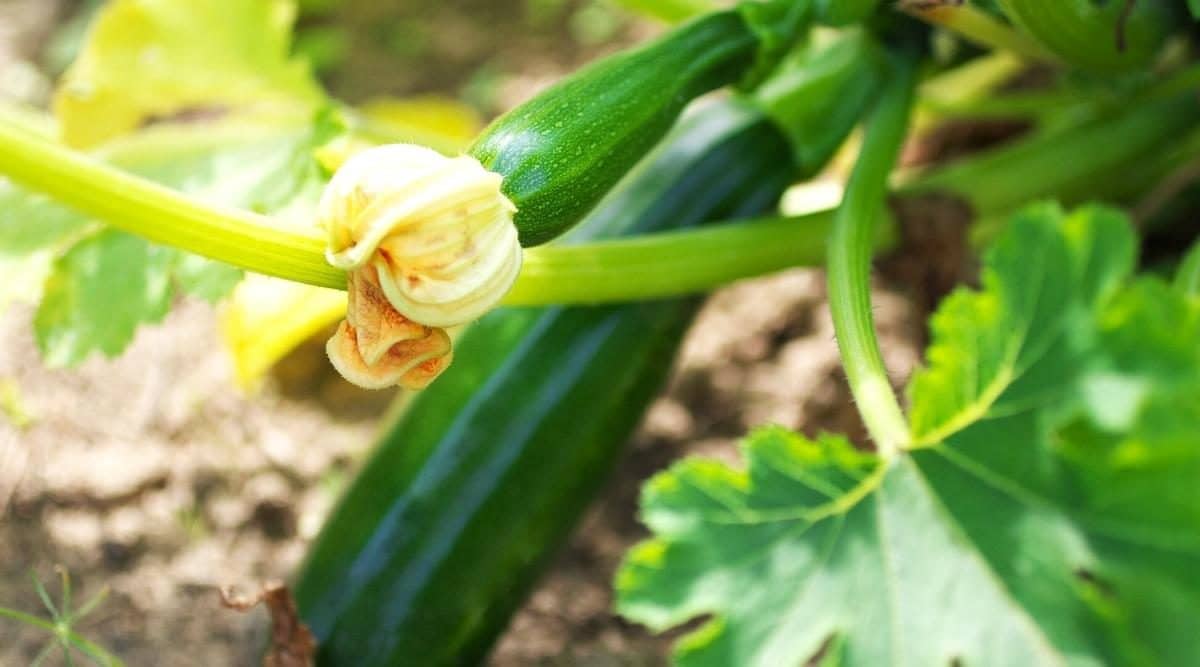
Watering and Fertilizing
Proper watering and fertilizing are crucial for the healthy growth and productivity of zucchini plants. Here are some important factors to consider:
Watering frequency is important to avoid both under- and overwatering. Zucchini plants require consistent moisture, so water deeply when the top inch of soil feels dry. Aim to provide about 1 inch of water per week, either through rainfall or irrigation.
Avoid overwatering, as overly wet soil can lead to root rot and other fungal diseases. Make sure your garden has proper drainage to prevent waterlogged soil. Consider using mulch around your zucchini plants to help retain moisture and reduce evaporation.
When it comes to fertilizing zucchini, there are several options. You can use organic fertilizers such as compost, well-rotted manure, or balanced vegetable garden fertilizers. These should be applied according to the package instructions or based on soil test recommendations.
Fertilizer should be applied at planting time and then as needed throughout the growing season. Pay attention to the specific nutrient requirements of zucchini plants, which typically benefit from a balanced fertilizer high in nitrogen to support healthy foliage growth.
Protecting from Pests
Zucchini plants can be vulnerable to various pests, so taking proactive measures to protect them is essential. Here are some effective strategies to consider:
Identify common pests that are likely to target your zucchini plants. These can include squash bugs, cucumber beetles, and vine borers, among others. Regularly inspect your plants for signs of pest activity, such as chewed leaves or eggs on the undersides of leaves.
Natural pest control methods, such as handpicking pests off the plants or using insecticidal soaps, can be effective for smaller infestations. Encouraging natural predators like ladybugs and lacewings by planting companion plants or providing habitat can also help keep pest populations in check.
Using organic pesticides as a last resort can be an option if natural methods fail to control the pest population. Look for products specifically labeled for use on zucchini and follow the instructions carefully to minimize any negative impact on beneficial insects and the environment.
Companion planting is another strategy to consider for pest control. For example, planting marigolds or nasturtiums near your zucchini can help repel pests. Additionally, certain herbs like dill and basil can attract beneficial insects that prey on common zucchini pests.
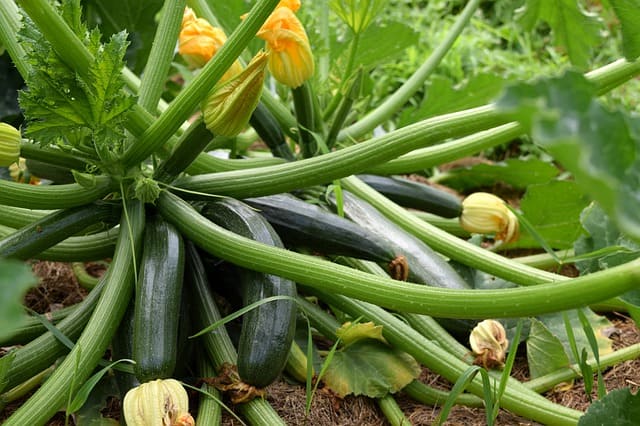
Managing Diseases
Like any plant, zucchini can be susceptible to various diseases. To effectively manage and mitigate these risks, consider the following:
Inform yourself about common zucchini diseases that occur in your area. Some common examples include powdery mildew, blossom end rot, and bacterial wilt. Be vigilant for signs of disease, such as yellowing leaves, spots, or wilting, and take action promptly.
Preventive measures are key to reducing the risk of disease. Practice good garden sanitation by removing and disposing of any affected plant material, as this can harbor disease-causing pathogens. Avoid overhead watering, as it can promote the spread of fungal diseases.
Treatment options for zucchini diseases can vary depending on the specific issue. For fungal diseases like powdery mildew, applying fungicides labeled for zucchini can help control the problem. Bacterial diseases often have no cure, so removing and disposing of affected plants may be necessary.
Crop rotation is an effective strategy to prevent the buildup of diseases in the soil. Avoid planting zucchini or other squash family members in the same spot for consecutive growing seasons. Rotate with unrelated crops to help break the disease cycle.
Harvesting Zucchini
Knowing when to harvest your zucchini is crucial for optimal taste and texture. There are a few key indicators to look for:
Determine the right time to harvest by checking the size of the zucchini. Most zucchini varieties are best harvested when they are around 6 to 8 inches long. Once the zucchini begins to grow beyond this size, it can become tough and less flavorful.
Harvesting techniques involve using a sharp knife or pruning shears to cut the zucchini from the stem. Be careful not to damage nearby plant tissues. Leave a small stem attached to the zucchini to help prolong its shelf life.
After harvesting, store zucchini in a cool, dark place or refrigerate them to maintain freshness. Use them within a week for the best flavor and texture. Zucchini can be used in a variety of recipes, from stir-fries to breads and salads.
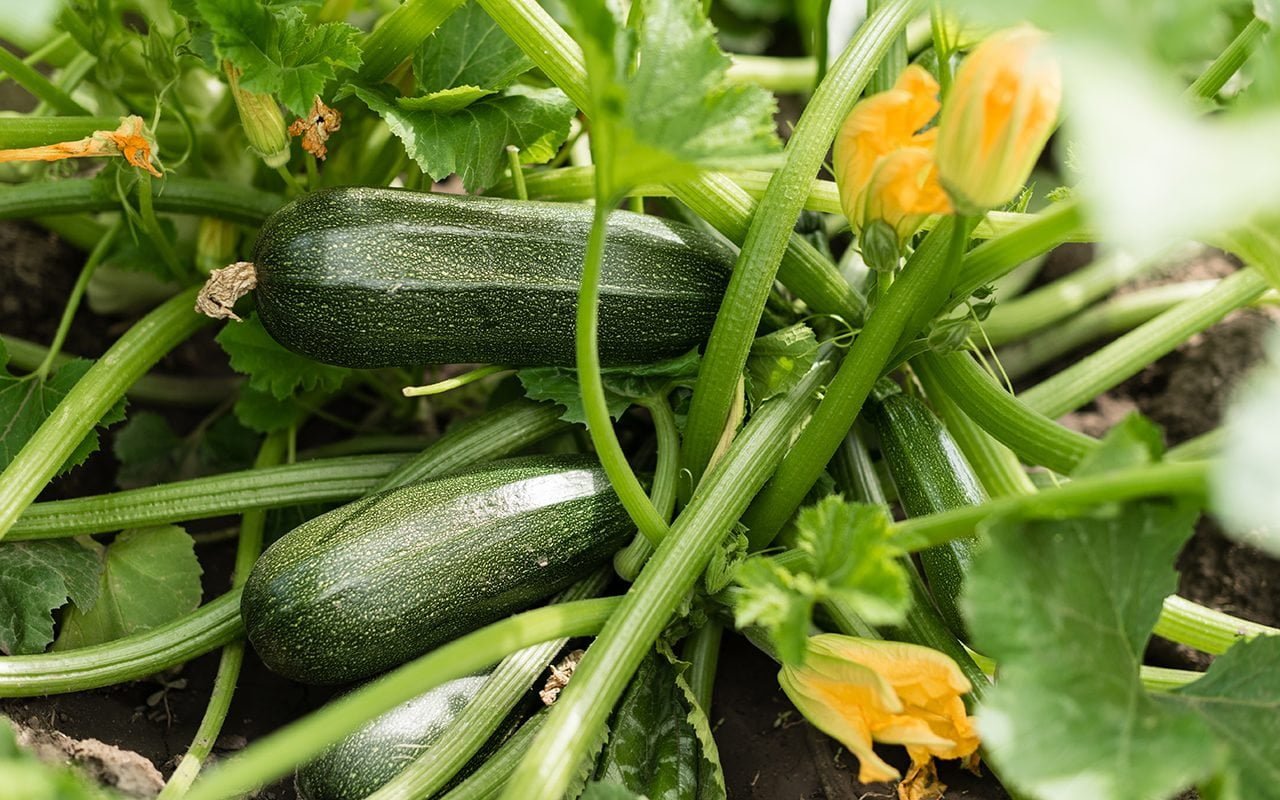
Pruning Zucchini Plants
Pruning zucchini plants can help improve airflow, reduce disease risks, and enhance productivity. Here’s why and how to prune your zucchini plants:
Pruning zucchini plants helps manage their vigorous growth. It helps redirect the plant’s energy into producing more fruits, rather than excessive foliage. Pruning also improves airflow around the plant, reducing the risk of fungal diseases.
Prune zucchini plants by selectively removing lateral branches or “suckers” that form in the leaf axils. Use clean pruning shears to make clean cuts, removing the side shoots close to the main stem. Be careful not to damage the main stem or major branches.
Managing vine growth is an important aspect of pruning. Training zucchini vines to grow vertically using trellises or stakes helps maximize space and facilitates better air circulation. This can also make it easier to harvest the zucchini fruits.
Extending the Growing Season
If you’re looking to extend your zucchini growing season, there are strategies that can help you do just that:
Using row covers can provide significant benefits for zucchini plants. These covers create a microclimate that keeps the plants warmer, extends the growing season, and protects them from cooler temperatures or early frosts. Be sure to remove the covers once temperatures warm up.
In cold climates, providing additional protection is essential for zucchini plants. Consider using cold frames or plastic tunnels to create a greenhouse-like environment that traps heat and protects the plants from frost. These structures can be closed during colder nights and opened during the day.
Growing zucchini in containers is another option for extending the growing season. Containers can be moved indoors or to a protected area when temperatures drop, providing continued warmth and favorable growing conditions. Opt for larger containers to accommodate the plant’s root system.
If you have limited outdoor space or live in an area with a short growing season, consider growing zucchini indoors. Use grow lights to provide adequate light intensity and duration, and ensure the plants receive sufficient warmth and air circulation. Container gardening indoors can offer a continuous supply of fresh zucchini.
By following these best practices for planting zucchini, you’ll be well on your way to success in growing this versatile and delicious vegetable. Remember to choose the right location, prepare the soil, start seeds indoors or direct sow, and provide adequate care throughout the growing season. With a little time and effort, you’ll soon be rewarded with an abundance of homegrown zucchini to enjoy. Happy gardening!
